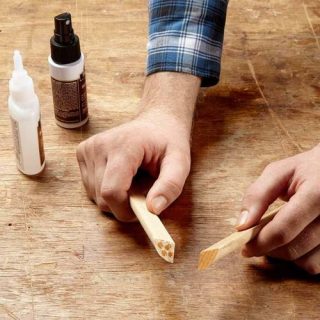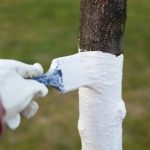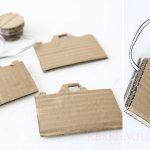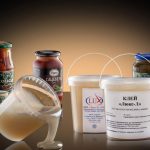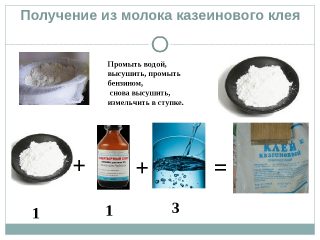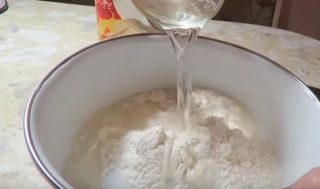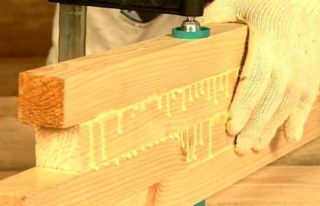Casein glue attracts attention because it can only be made from natural raw materials. It is environmentally friendly, it tolerates moisture well. Its main field of application is working with wood-based materials. It can even be used for the production of baby cots.
Description and material properties
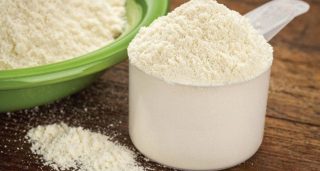
Adhesives on based on milk protein known for many centuries, but a massive industrial production such glue only started in the second half of the 20th century... Over time, the list of components used changed: various technological additives were used.
What is casein
Casein is a milk protein found in a bound form... When curdling milk, this substance passes into curd. Whey also contains some protein, but it differs in its characteristics and is not used for the production of glues and paints.
Casein is used in the construction industry, as well as in medicine and sports nutrition.
It is gray in color, powdery or granular. The higher the grade of casein, the lighter its shade.... Another indicator of quality raw materials is the uniform size and color of the grains. The substance is highly soluble in water.
The highest content of this protein is found in goat milk. But the powder used in industry is usually obtained from cow.
Adhesive characteristics
Casein glue can contain different natural and artificial additives... Their list depends on the properties that the finished product should have. Often used slaked lime, rosin, kerosene. To ensure absolute water resistance, formalin or aluminum alum.
The composition has a characteristic odor. It hardens for a relatively long time - up to 5 hours (some brands set faster). The bond strength of wood parts for high-quality glue can reach 105 kgf / cm².
Scope of application
Other uses include glue can be distinguished:
- introduction into the composition of mixtures for putty (to strengthen the top layer of the base) and facade paints (to extend the life of the finished coating and increase resistance to alkalis);
- application in the preparation of putties;
- installation of labels on glass products and various containers;
- work with fabrics, cardboard, expanded polystyrene, polystyrene;
- use for the preparation of whitewashing trees.

Industrial production
Loose casein glue is often packed in cardboard boxes with instructions for use. You can also find such a product in small factory bags - for example, the Russian glue of the Anles brand. It is available in packs of 50 g of powder. According to the manufacturer, the contents of one sachet are enough to repair 12 stools.
Varieties
There are two types of such glue - normal and "Extra"... The first one gives the strength of joining parts made of wood in 75 kgf / cm², the second - 105. The "Extra" grade is used for repairing objects made of wood and fastening different materials. In building stores, it will not be difficult to find adhesives of both types.
Making at home
DIY casein glue can be made from skim milk or cottage cheese... At the same time, thanks to the introduction of ammonia, the resulting composition will be resistant to the appearance of mold. It is quite suitable for simple carpentry work, but you need to use it as soon as possible.
What is needed
There are 2 recipes for making glue from low-fat cottage cheese at home. Depending on the amount of glue required for a specific procedure, you can take 1 or 2 standard packs of 200 g... For one of the ways you need to cook colanderby laying on it thin cotton fabric in 2 layers... You will also need coffee grinder and slaked lime.
How to cook
Second way somewhat more complicated and allows you to obtain dry casein in granules from cottage cheese, from which glue is then prepared. As in the previous version, knead the cottage cheese with a spoon or blender, and then rinse it abundantly several times in a colander. Then a cotton cloth is laid on the latter and all the liquid is allowed to drain, and then squeezed out. The mass is laid out in a thin layer (for example, on a baking sheet) and dried. This can be done in a fruit dryer (at a maximum temperature of 60 degrees), in a slightly open oven on minimal heat or in the sun. The result should be casein granules. They can be stored for a very long time, but a batch of glue from them must be prepared before use. To make it, the granules are ground in a coffee grinder and the same amount of slaked lime is added to them. Then the dry composition is diluted with water in a 1: 1 ratio and mixed thoroughly.
Powder glue
Recipe including borax: the powder is mixed with water in a ratio of 1: 2 and allowed to brew for half an hour until the casein swells. Then add borax at the rate of 3 g for every 10 g of powder and heat for half an hour in a water bath at 40-50 degrees, stirring occasionally.
Recommendations for working with casein glue
You need to use an adhesive at + 15 ... + 26 degrees... In liquid form, it is sensitive to temperature fluctuations. The glue itself must be at a temperature 20-25 degrees.
The composition is fire hazardous, so you need to carry out carpentry work away from open flames.
Glue is applied to both planes of the partsto be fastened. They connect with pressure. Excess glue should be removed with a rag immediately - it will be more difficult to do later. Details remain for exposure 3-6 minutes... Then you need to move them under the press or fix with clamps for 6-8 hours.

